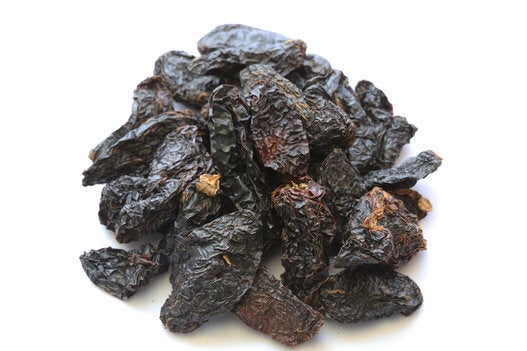Now we know: don't ever eat ghost peppers.
A puree made from one of these peppers — one of the hottest in the world — led to a near fatal condition in a man from California, according to a recent report in the Journal of Emergency Medicine.
Ghost peppers, also known as Bhut Jolokia peppers and Naga-Bih Jolokia peppers, have a Scoville rating of more than one million (for comparison, common pepper spray measures at two million Scoville units and a jalapeño measures between 2,500 and 5,000 Scoville units) and eating a single seed from a ghost pepper can cause severe burning in the mouth that lasts up to 30 minutes, according to the report.

The ghost pepper, a.k.a. Bhut Jolokia, is one of the world's hottest peppers weighing in at 1,041,427 Scoville Heat Units, making it 400 times hotter than Tabasco sauce. Legend has it that it's named ghost pepper because if you eat one you either start seeing ghosts or flat out give up the ghost.
The pepper is so dangerous to eat that a man nearly died because of it. The 47-year old, from California, ate a hamburger topped with a ghost pepper puree as part of an eating contest.
Nearly immediately after eating it, the man started vomiting. In fact, he threw up so much that he caused a tear in his esophagus — a rare condition known as Boerhaave syndrome. According to stuff.co.nz, this condition has a high mortality rate, and is named after the 18th century physician whose patient died after vomiting up a huge lunch.
Fortunately for the man, doctors were able to save his life with emergency surgery, where they found the 2.5 cm tear in his esophagus as well as a collapsed lung. He was then placed on a feeding tube and spent 23 days in hospital to recover.
Study author Dr. Ann Arens said spontaneous esophageal rupture is caused by violent vomiting and retching, so, in other words, the man's reaction to the pepper, not the pepper itself, caused the tear.
This condition is fatal in 20 to 40 per cent of all cases, according to the study, even when patients receive treatment. "If [the condition is] left untreated, mortality approaches 100 percent," the study reported.
Also on HuffPost
